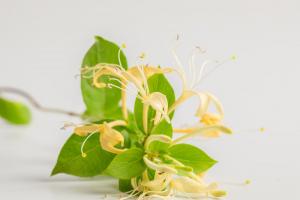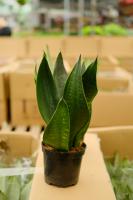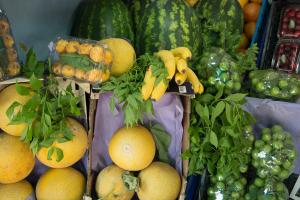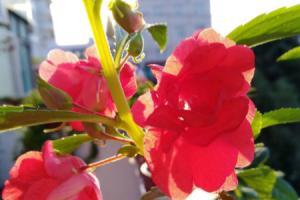Is an Apple Tree a Vascular Plant?
When it comes to understanding the anatomy of plants and how they grow, many people may be curious about the classification of apple trees. So, is an apple tree a vascular plant?
Vascular vs Nonvascular Plants
To begin, we must first understand the difference between vascular and nonvascular plants. Vascular plants have specialized tissues that allow for the transportation of water, nutrients, and sugars. These tissues, known as xylem and phloem, make up the plant's vascular system. Nonvascular plants lack this system and instead must rely on diffusion to move water and nutrients throughout their cells.
Examples of vascular plants include trees, shrubs, ferns, and grasses. Nonvascular plants include mosses, liverworts, and hornworts.
Apple Trees as Vascular Plants
So, where do apple trees fit into this categorization? Apple trees are indeed vascular plants. Like all trees and most plants, apple trees have a complex system of xylem and phloem tissues that run throughout their stems, branches, and leaves. These tissues allow for the transportation of essential nutrients and water, making the apple tree one of the most essential agricultural crops.
Starting from the roots, the xylem tissue transports water and nutrients upwards to the leaves, where the process of photosynthesis takes place. The phloem tissue, on the other hand, moves the sugars produced from photosynthesis from the leaves to other parts of the tree, such as the fruit and the roots, which require these sugars for energy.
The Importance of Vascular Plants
Vascular plants such as apple trees play an essential role in our environment. Without them, life on earth would not be possible. They produce the oxygen we breathe and absorb the carbon dioxide we exhale. These plants provide food, medicine, and shelter for countless species, and through the process of photosynthesis, they regulate our planet's climate and help combat climate change.
We must also recognize the importance of understanding the classification of plants. By knowing whether a plant is vascular or nonvascular, we can better understand how it grows and the best ways to care for it. It can also help us identify potential issues and diseases that may arise and how to address them.
In Conclusion
So, the answer to the question “Is an apple tree a vascular plant?” is a resounding yes. Apple trees, along with most trees and plants, are vascular and have specialized tissues that allow them to transport essential nutrients and water throughout their bodies. These plants play a critical role in our ecosystem and continue to provide us with sustenance and benefits that cannot be overstated.
By understanding the role that vascular plants play in our world, we can better appreciate the complexity and beauty of nature and work towards ensuring its continued preservation for generations to come.

 how many times do yo...
how many times do yo... how many planted tre...
how many planted tre... how many pine trees ...
how many pine trees ... how many pecan trees...
how many pecan trees... how many plants comp...
how many plants comp... how many plants can ...
how many plants can ... how many plants and ...
how many plants and ... how many pepper plan...
how many pepper plan...

































